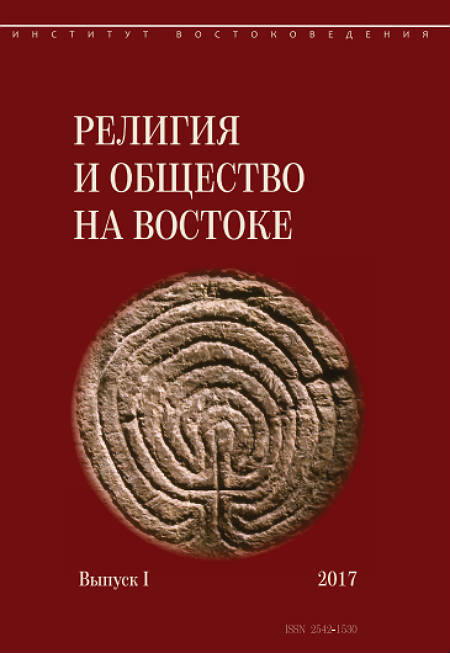Religion and Society in the East
The periodical of the Institute of Oriental Studies, Russian Academy of Sciences. ISSN 2542-1530
Issues
Shiite Transnational Movements Features in the Middle Eastern Arab Countries
Religiia i obshchestvo na Vostoke, Issue II (2018), p. 113-135.
The issue of the escalating sectarianism in the Middle East has found itself on the top of regional political agenda. In some Arab states Shia communities are perceived by the authorities as an internal threat and as a means of Iran’s interference to their internal politics. At the same time hardline policies towards Shia communities lead to their marginalization.
The article examines two aspects of modern transnational Shia ties: international religious leadership and politically motivated movements. Issues under scrutiny are the main historical stages and special aspects of development of Shiite transnational religious and political movements. The article considers the role of the Islamic Revolution in Iran that became a landmark in the history of Shia political activism but had a dual impact on its evolution. Despite the growing significance of the Iranian religious schools and active Iranian cultural policy, deological diversity in the modern Twelver Shiism remains.
The emergence of the first political parties and movements aimed at protecting the socio-economic rights and Shia religious identity in the Arab countries began in the mid-20th century. They were organizations and networks different from each other in form and purpose. The article touches upon the activities of the Dawa party, the movement of «Shirazists» and organizations that recognize the spiritual leadership of the Iranian rahbar. As well, it analyzes the transformation of the Shia movements in recent years amid the growing regional competition between Iran and Saudi Arabia.
Keywords: Islam, Shiism, international relations, the Middle East, non-state actors, Iran, Saudi Arabia, Lebanon, Bahrain, Iraq
Volume: 113-135

